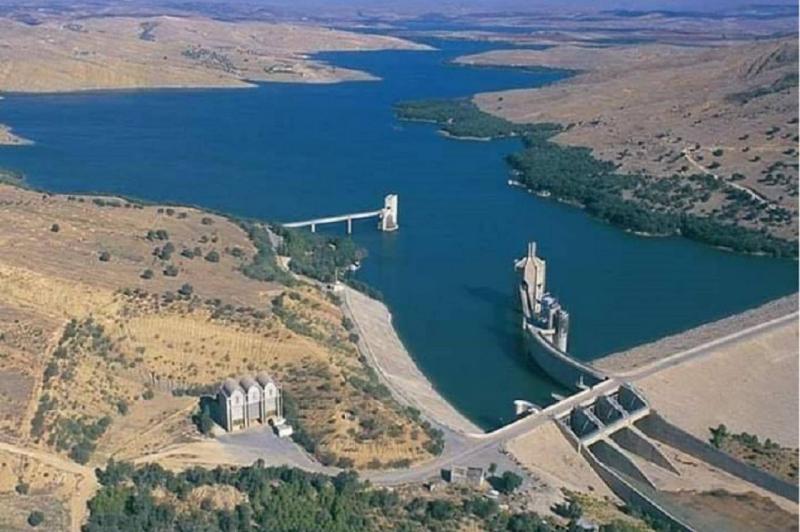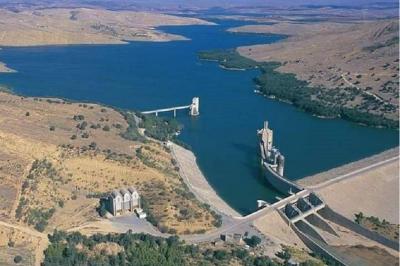The Director General of Dams at the Tunisian Ministry of Agriculture, Faiz Muslim, stated that the average decrease in Tunisia's water revenues over the past two years did not exceed 41% of the annual revenue average each year. Muzaiq Radio reported Muslim's remarks that Tunisia has experienced periods of drought and decreased water revenues during the past two years and is now at the beginning of the hydrological year.
The Tunisian official noted that the country is at the lowest levels of dam filling, indicating that the revenue from the dams currently does not exceed 730 million cubic meters of water. Muslim expressed hope that the expected autumn rains would contribute to achieving the anticipated filling rates.
The upcoming season for autumn irrigation crops is expected to begin with difficulties due to several precautions taken for the proper distribution of irrigation water while maintaining the regularity of drinking water. The Director General of Dams warned that all Tunisian dams have exceeded their expected lifespans, emphasizing that the cost of removing the deposits in them exceeds the cost of building a new dam. The General Administration of Dams is currently working on raising many dams to compensate for their storage capacity that has been submerged by the deposits.
In May, the total water stored behind the Tunisian dams decreased to 1.141 billion cubic meters as of May 21, compared to 1.405 billion cubic meters during the same period in 2020, resulting in a filling rate of 49.4%. The average water stock for the same day in the past three years was 1.412 billion cubic meters, reflecting a decrease of approximately 270 million cubic meters, according to what the "Nessma" network reported from the General Administration of Dams and Major Hydraulic Works at the Ministry of Agriculture.




